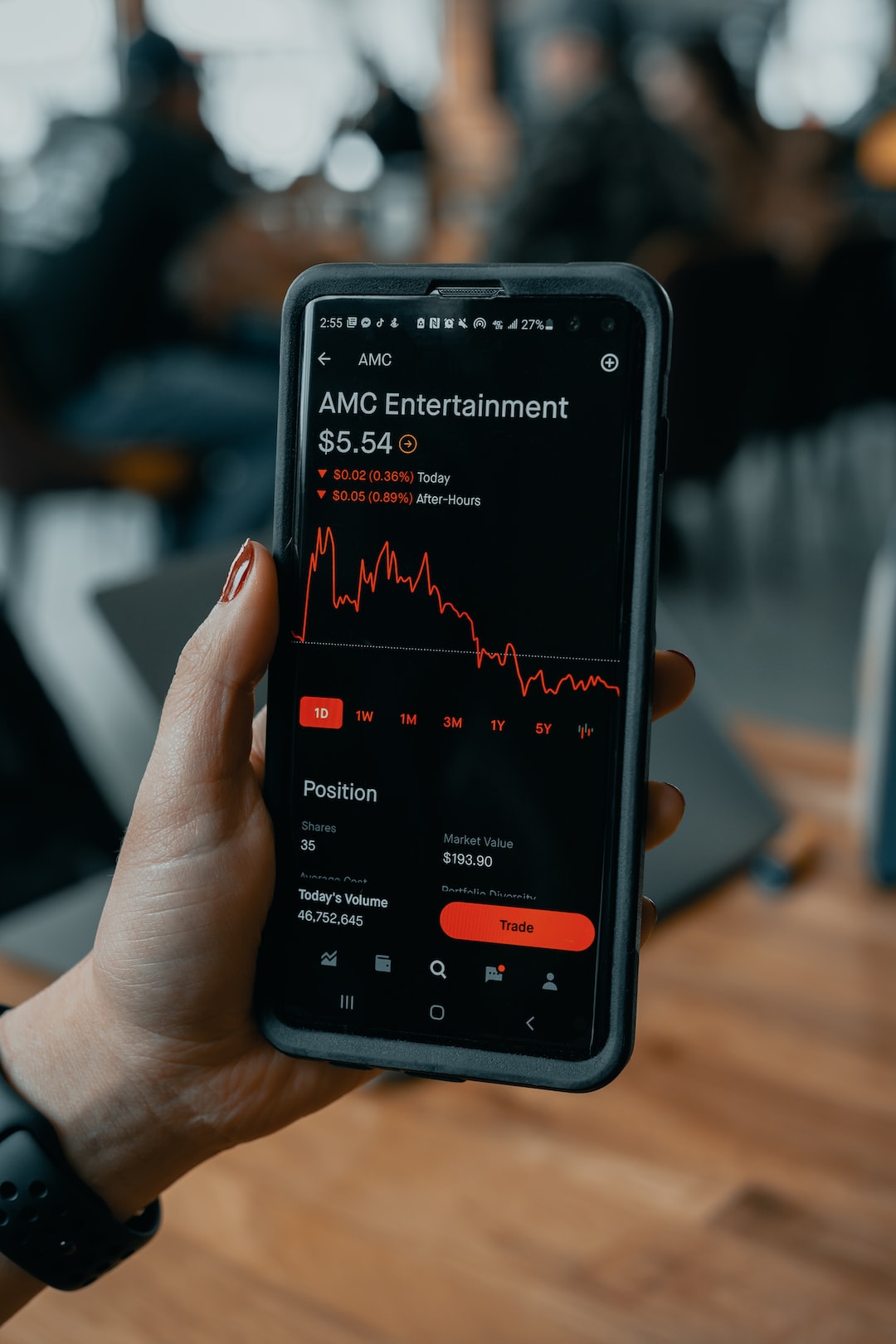Fibonacci retracement levels are a popular tool used in technical analysis by forex traders to identify potential support and resistance levels in the market. These levels are based on the Fibonacci sequence, a mathematical concept discovered by Leonardo Fibonacci in the 13th century.
The Fibonacci sequence is a series of numbers where each number is the sum of the two preceding numbers. For example, the sequence begins with 0 and 1, and each subsequent number is the sum of the previous two: 0, 1, 1, 2, 3, 5, 8, 13, 21, 34, and so on.
The Fibonacci retracement levels are based on the key ratios that emerge from the Fibonacci sequence: 23.6%, 38.2%, 50%, 61.8%, and 100%. These levels are plotted on a chart to identify potential reversal points in the market.
So, when should you use Fibonacci retracement levels in forex trading?
Identifying potential support and resistance levels
One of the key uses of Fibonacci retracement levels is to identify potential support and resistance levels in the market. Traders can use the levels to identify areas where price may bounce back from or break through.
For example, if a currency pair is in an uptrend and has pulled back, a trader may use the Fibonacci retracement levels to identify potential support levels where the price may bounce back up. Conversely, if a currency pair is in a downtrend and has rallied, a trader may use the Fibonacci retracement levels to identify potential resistance levels where the price may turn back down.
Confirming trend direction
Another use of Fibonacci retracement levels is to confirm the direction of the trend. Traders can use the levels to confirm that the trend is still intact and to identify potential entry points in the direction of the trend.
For example, if a currency pair is in an uptrend and has pulled back to a key Fibonacci retracement level, a trader may use this as an opportunity to enter a long position in the direction of the trend. Conversely, if a currency pair is in a downtrend and has rallied to a key Fibonacci retracement level, a trader may use this as an opportunity to enter a short position in the direction of the trend.
Identifying potential profit targets
Traders can also use Fibonacci retracement levels to identify potential profit targets. If a trader has entered a position in the direction of the trend, they may use the Fibonacci retracement levels to identify potential profit targets based on the key levels.
For example, if a trader has entered a long position in an uptrend and the price has rallied to a key Fibonacci retracement level, they may use this as a potential profit target. Alternatively, if a trader has entered a short position in a downtrend and the price has pulled back to a key Fibonacci retracement level, they may use this as a potential profit target.
Combining with other indicators
Finally, traders can also use Fibonacci retracement levels in conjunction with other technical indicators to confirm potential support and resistance levels. For example, a trader may use a moving average or trend line to confirm that a key Fibonacci retracement level is a potential reversal point in the market.
In conclusion, Fibonacci retracement levels are a useful tool for forex traders to identify potential support and resistance levels, confirm trend direction, identify potential profit targets, and combine with other technical indicators. However, traders should be aware that these levels are not always precise and may not always hold up in the market. Therefore, it is important to use Fibonacci retracement levels in conjunction with other technical analysis tools and to always manage risk appropriately.





